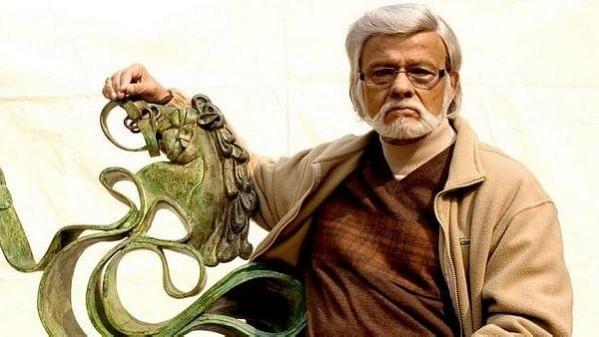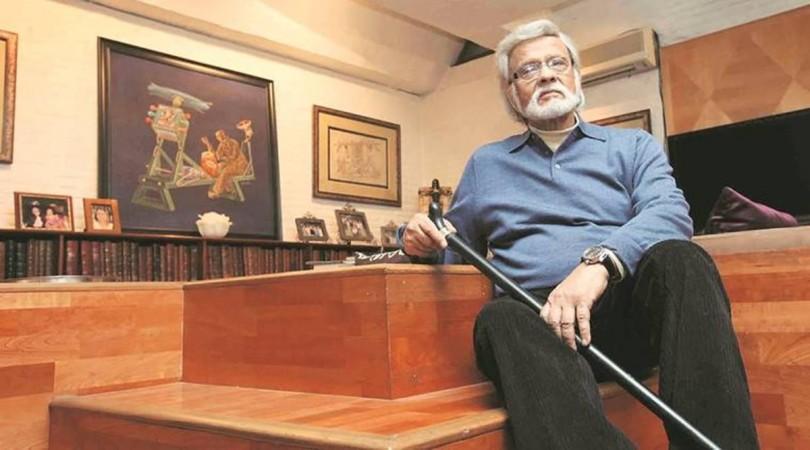Satish Gujral, one among the leading and the most renowned artists of the country, died at the age of 94 on Thursday evening. A recipient of the Padma Vibhushan, the second-highest civilian award of India, in 1999, Gujral was born in Pakistan in 1925.
His elder brother, Inder Kumar Gujral, was the former Prime Minister of India in the United Front government in 1997-1998.

Prime Minister Narendra Modi condoled the 'versatile and multifaceted' artist's demise and tweeted, "Satish Gujral Ji was versatile and multifaceted. He was admired for his creativity as well as the determination with which he overcame adversity. His intellectual thirst took him far and wide yet he remained attached with his roots. Saddened by his demise. Om Shanti."
A virtuoso of the post modern era
He completed his education at Mayo Arts School in Lahore in 1939 and later at the JJ School of Art in Mumbai in 1944 which he had to leave owing to health-related problems. In 1952, Gujral received a scholarship to study at the revered Palacio de Bellas Artes in Mexico City, where he was apprenticed under renowned artists Diego Rivera and David Alfaro Siqueiros - who were remarkable figures of the 20th-century art scene.
One of the most celebrated artists of the post-modern era, Gujral, between 1952 and 1974 showcased his artworks which include sculptures and paintings in many cities around the world such as New York, Montreal, Berlin and Tokyo among others.

Most of his works then carried themes based on the Partition and Emergency years.
Gujral's major contributions:
- the alphabet murals at the facade of the Delhi High Court
- paintings such as Days of Glory and Mourning en mass, which are considered as expressions of anguish.
- architectural design for the embassy of Belgium in New Delhi in 1984
- architectural design for the UNESCO building in Delhi, Goa University
- architectural design for the summer palace for the Saudi Royal family in Riyadh.

In addition to this, Gujral's work has been featured in several documentaries including 2007 BBC film, Partition: The Day India Burned.














